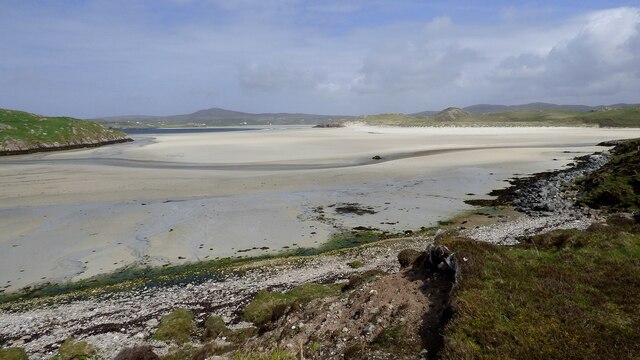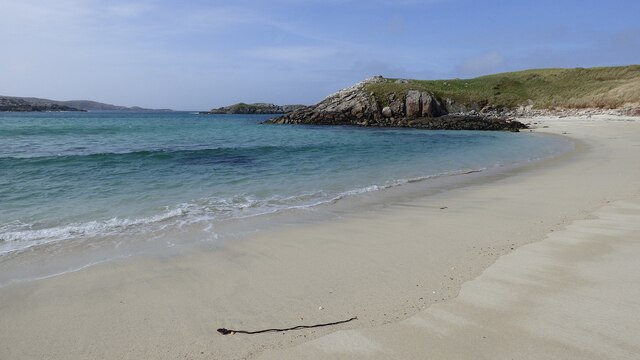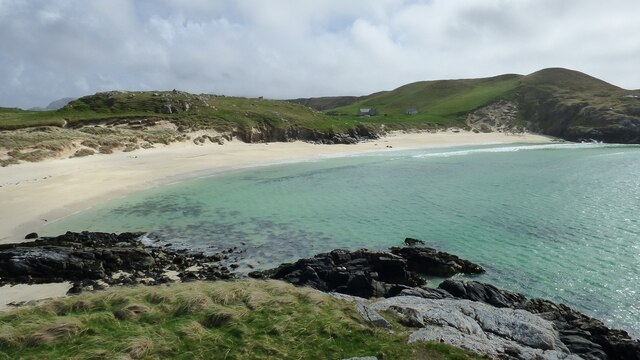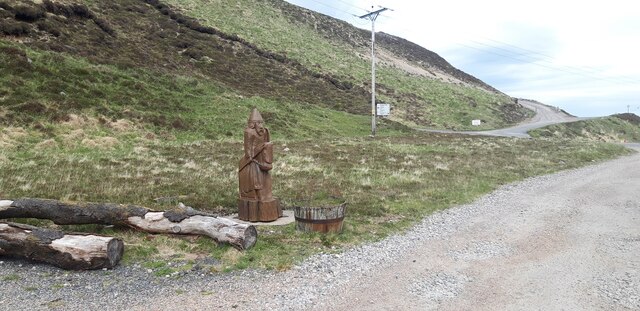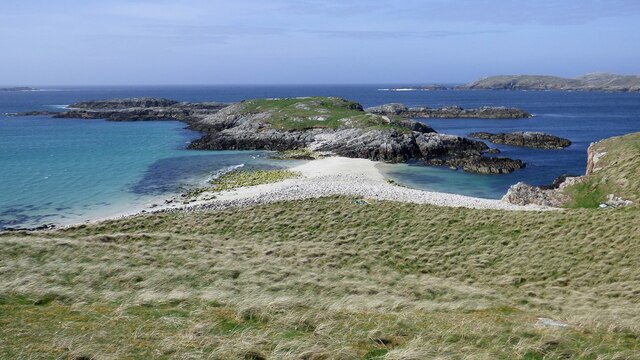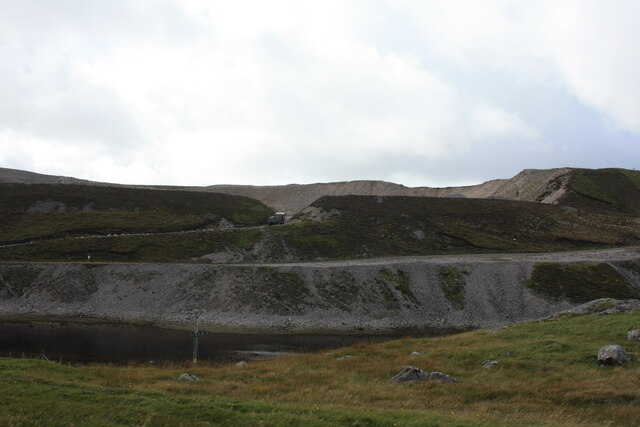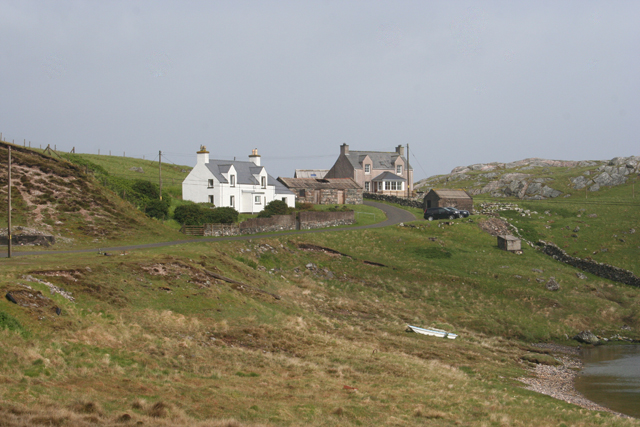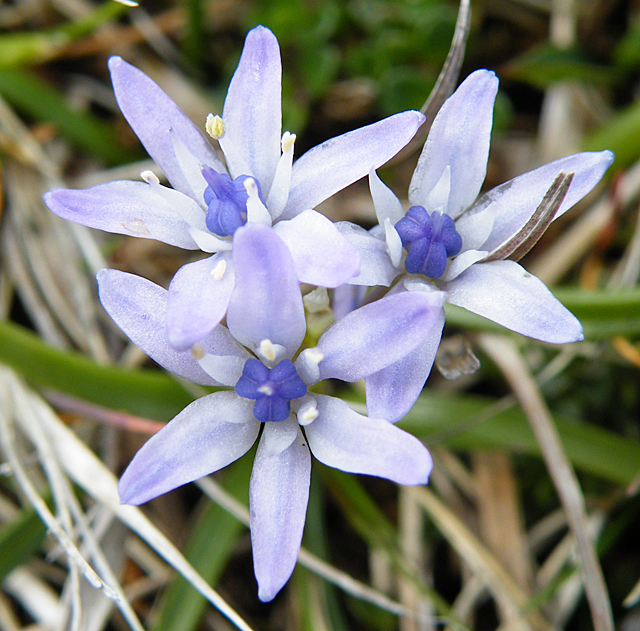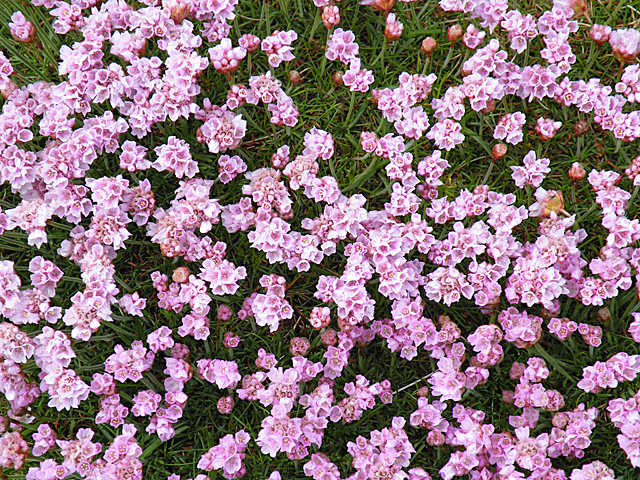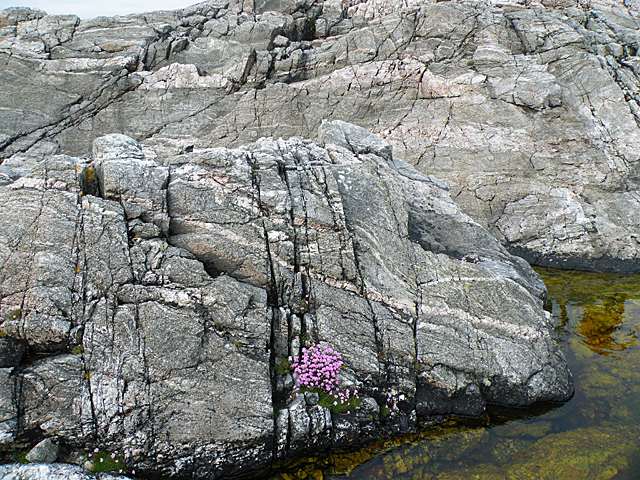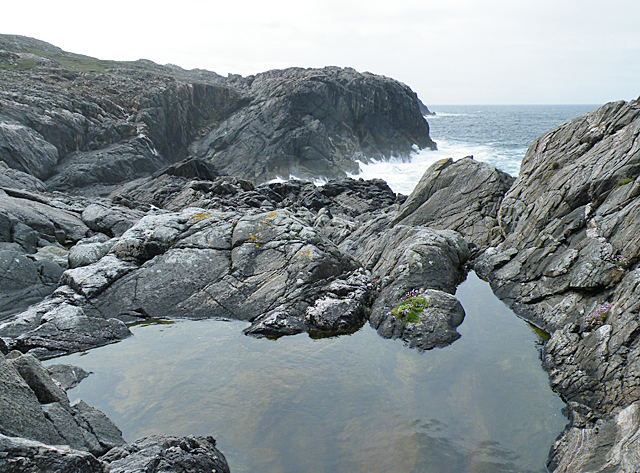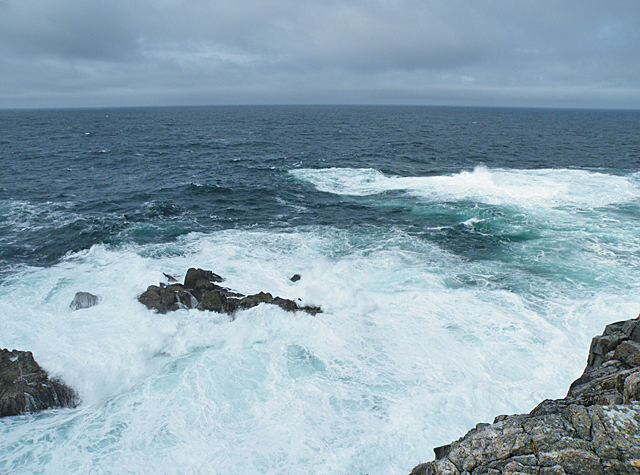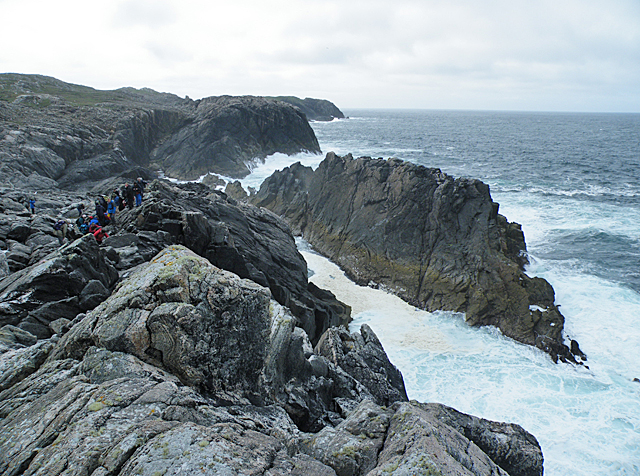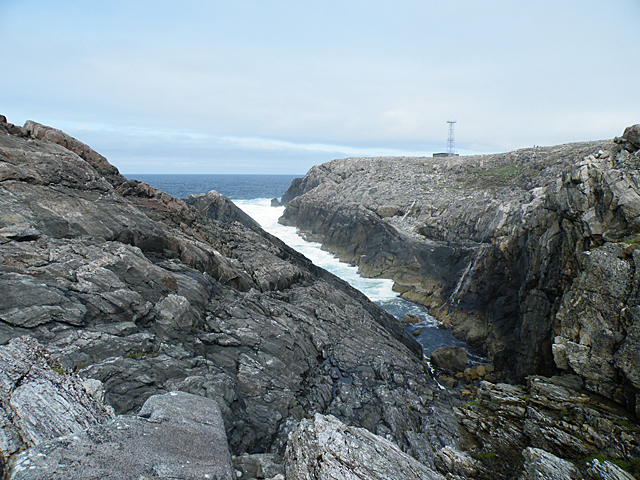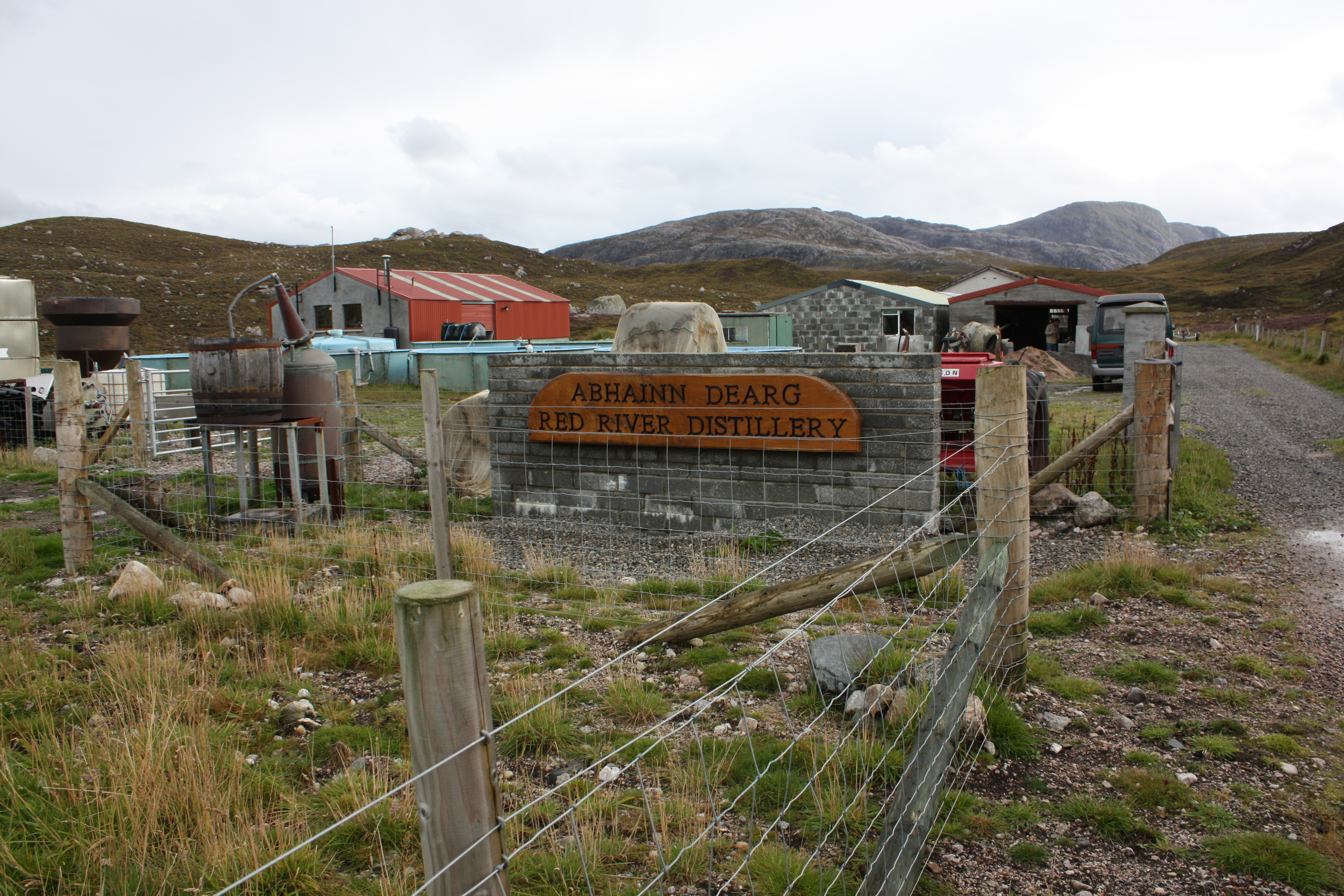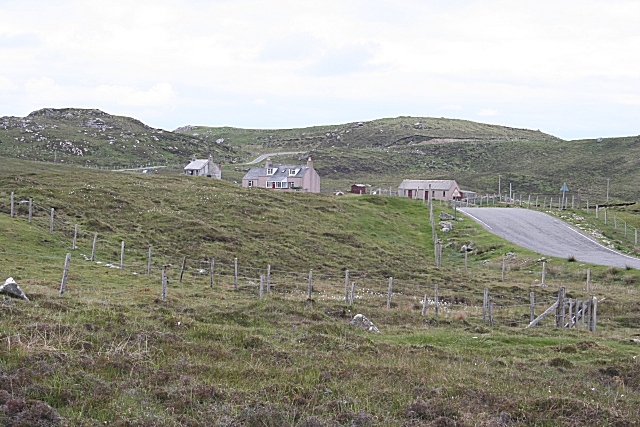Seilearoth
Bay in Ross-shire
Scotland
Seilearoth
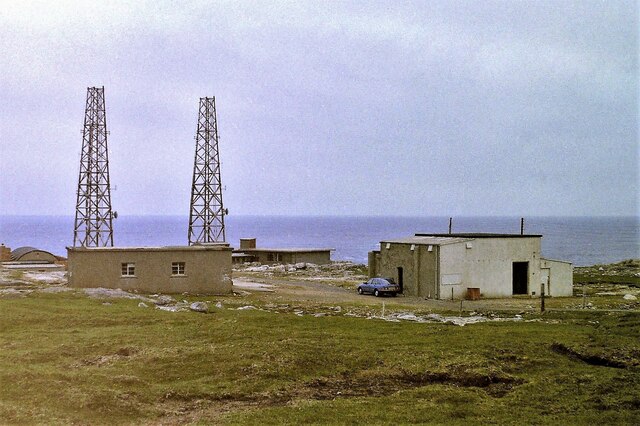
Seilearoth is a picturesque bay located in Ross-shire, Scotland. It is situated along the scenic coastline of the North Highlands, offering stunning views of the surrounding landscape and the North Sea. The bay is known for its natural beauty, tranquility, and diverse wildlife, making it a popular destination for nature enthusiasts and photographers.
The bay itself is characterized by a sandy beach, which stretches for approximately half a mile. The beach is ideal for leisurely walks, picnics, and sunbathing during the warmer months. The crystal-clear waters of the bay are also perfect for swimming and various water sports activities, such as kayaking and paddleboarding.
Surrounding the bay are rolling hills and cliffs, providing a dramatic backdrop to the coastal scenery. The area is rich in flora and fauna, with several bird species, including gulls and seabirds, frequently spotted along the shore. It is also not uncommon to see seals and dolphins swimming near the bay, adding to the area's natural charm.
Seilearoth is well-served by amenities and facilities, including car parking, public toilets, and nearby accommodation options. The bay is easily accessible by road, with a well-maintained coastal path offering stunning views for walkers and hikers.
Overall, Seilearoth, Ross-shire (Bay) offers visitors a chance to immerse themselves in the beauty of the Scottish coast, providing a serene and idyllic setting for relaxation and exploration.
If you have any feedback on the listing, please let us know in the comments section below.
Seilearoth Images
Images are sourced within 2km of 58.183242/-7.0714373 or Grid Reference NB0232. Thanks to Geograph Open Source API. All images are credited.
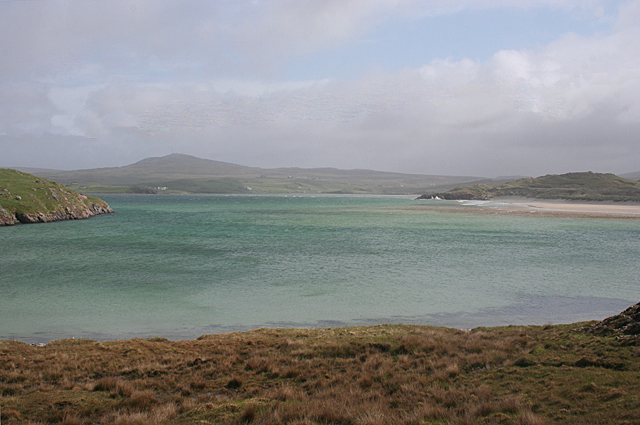
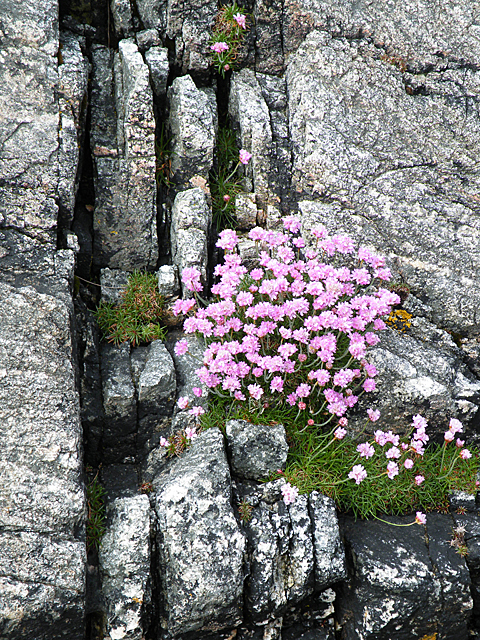
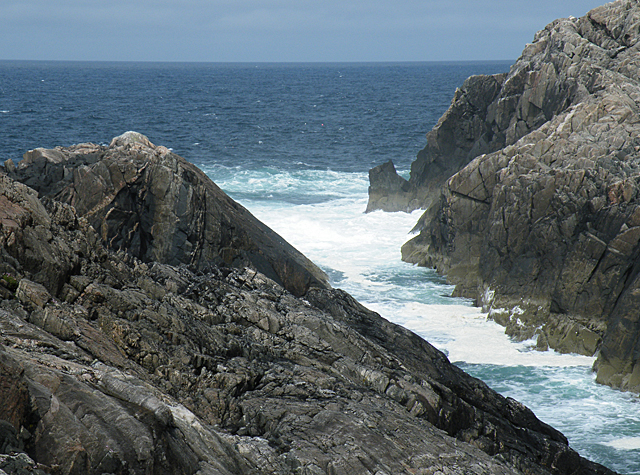
Seilearoth is located at Grid Ref: NB0232 (Lat: 58.183242, Lng: -7.0714373)
Unitary Authority: Na h-Eileanan an Iar
Police Authority: Highlands and Islands
What 3 Words
///unzipped.softly.tissue. Near Carloway, Na h-Eileanan Siar
Nearby Locations
Related Wikis
Abhainn Dearg distillery
Abhainn Dearg distillery ( AV-in JAIRG) or Red River distillery is a Scotch whisky distillery in Uig, on the west coast of the Isle of Lewis in the Outer...
Stac Dhòmhnaill Chaim
Stac Dhòmnuill Chaim, or Stac Dhòmhnaill Chaim, or Stac Domhnuill Chaim, is a fortified promontory located near Mangursta (or Mangersta, Scottish Gaelic...
Ardroil
Ardroil (Scottish Gaelic: Eadar Dhà Fhadhail) is a village on the Isle of Lewis in the Outer Hebrides, Scotland. Ardroil is within the parish of Uig....
Uig, Lewis
Uig (Scottish Gaelic: Ùig [uːkʲ]), also known as Sgìr' Ùig, is a civil parish and community in the west of the Isle of Lewis in the Outer Hebrides, Scotland...
Have you been to Seilearoth?
Leave your review of Seilearoth below (or comments, questions and feedback).
